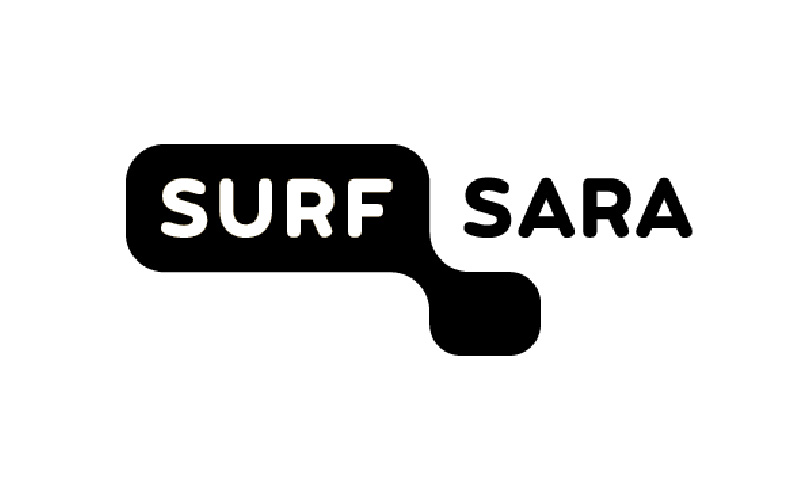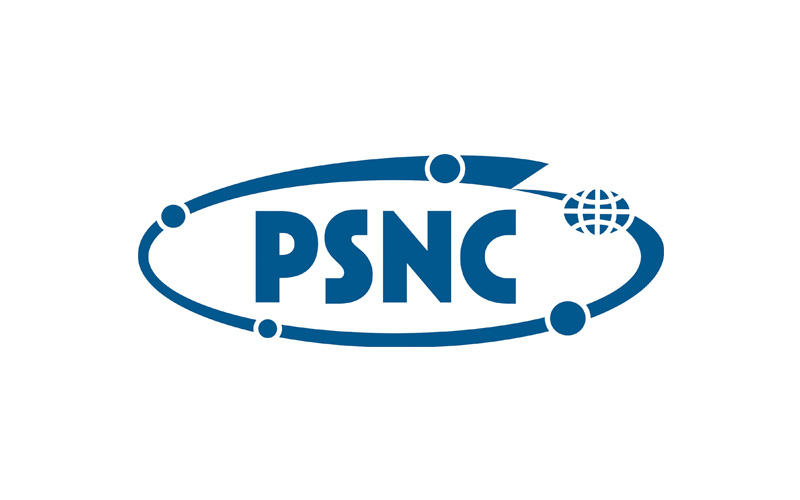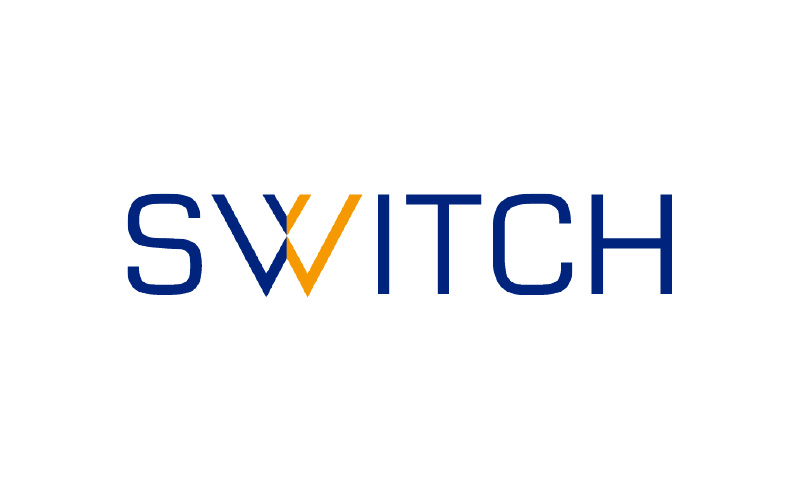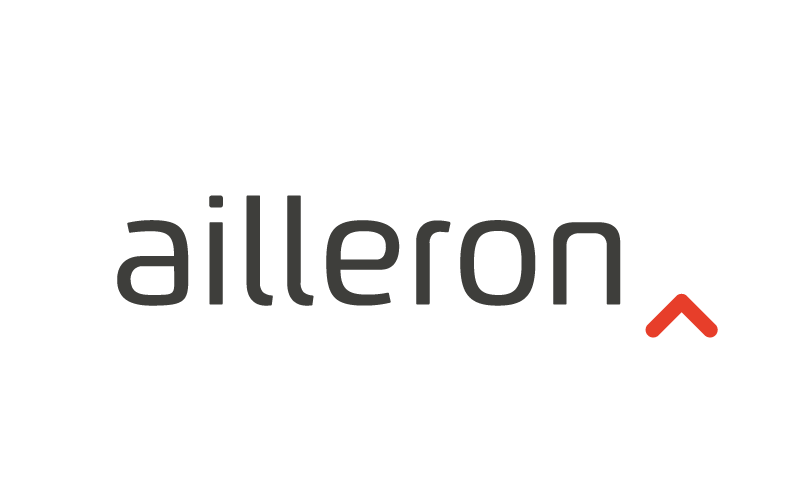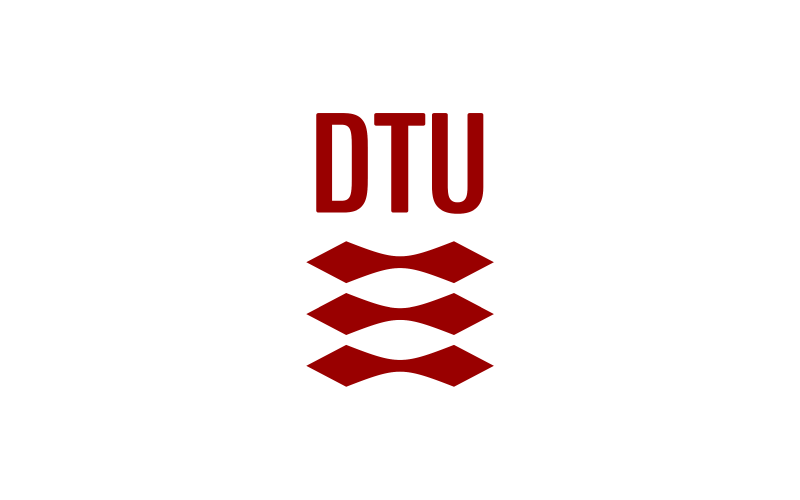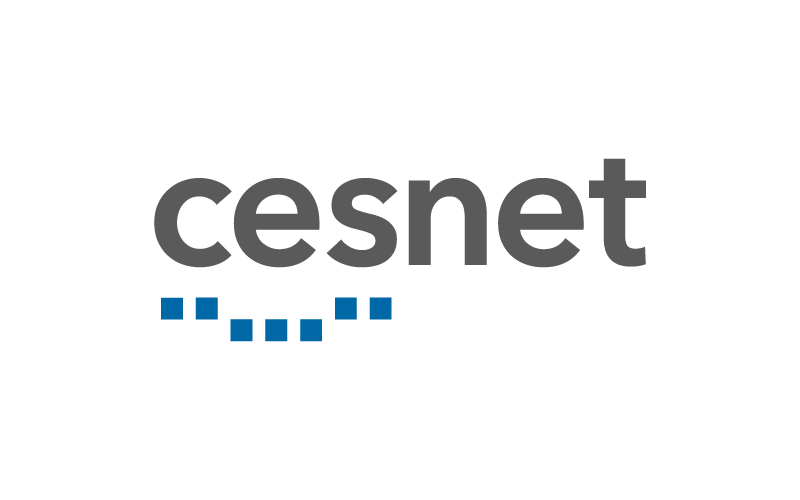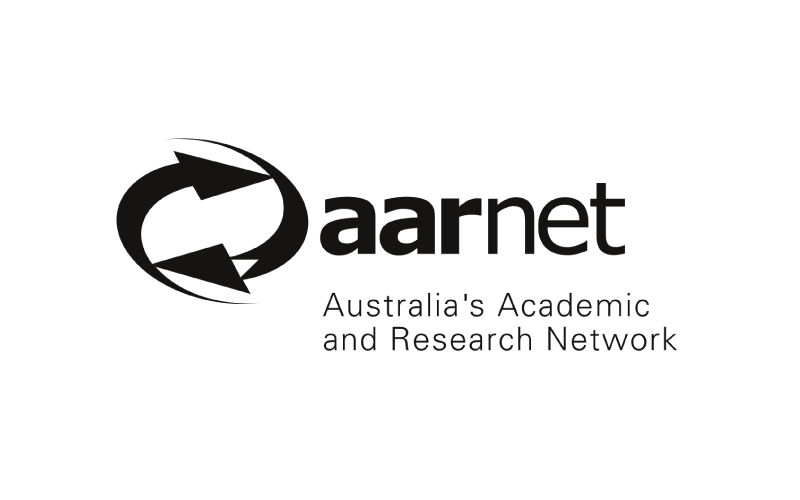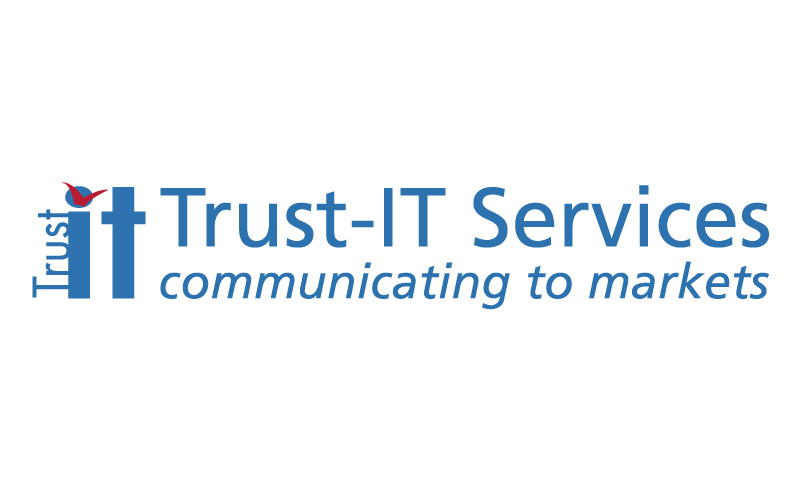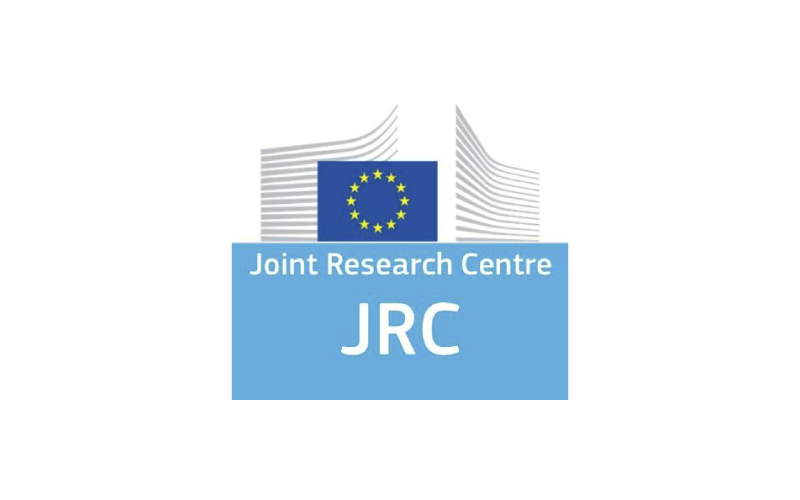
- 05 November 2020
The CS3MESH4EOSC project has just reached the first milestone of its work: to define the vendor-neutral protocols and application programming interfaces (API) needed to build the Science Mesh, an interoperable platform to easily synchronise & share files, and deploy applications and software components within the full CS3 community (Cloud Storage Synchronization and Sharing). In addition to this, initial implementation of several applications and infrastructure workflows have also been defined and will be matured as a next step, when the Inter-Operability Platform (IOP) connectors will be created, ideally, in collaboration with major enterprise file synchronization and sharing (EFSS) vendors.
CS3MESH4EOSC selected for Science Mesh the OCM protocols and CS3 APIs, to capitalise on what already exists and bring the state-of-the-art one step further. Furthermore, by end 2022, CS3MSH4EOSC is committed to increasing their Technology Readiness Level (TRL) from “technology demonstration” (TRL 6) to “actual system proven in operational environment” (TRL 9).
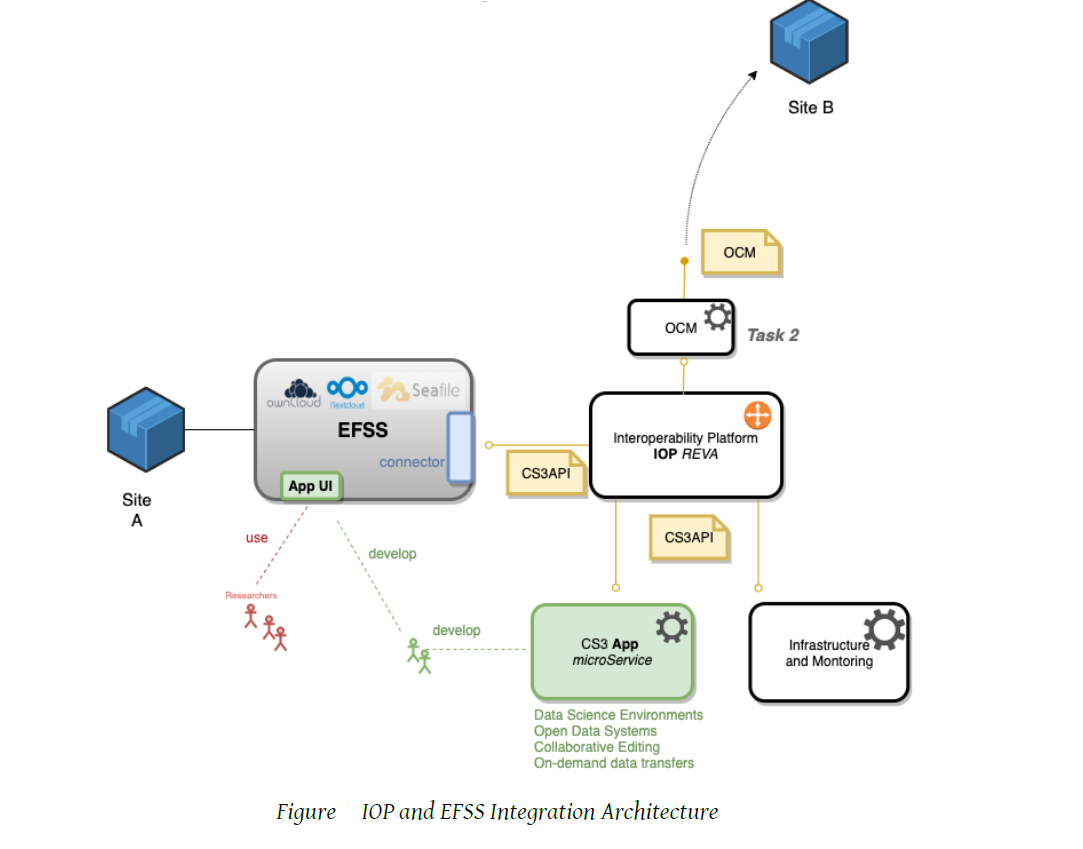
Besides using the protocols mentioned above, CS3MESH4EOSC is also committed to adopting other existing standard technologies wherever appropriate, namely WebDAV (Web Distributed Authoring and Versioning) and Web Application Open Platform Interface (WOPI), through the aforementioned IOP.
Within the Project’s work plan, a series of research-related use cases were explored, which reflect possible scenarios in the daily life of scientists, engineers and administrative personnel in research and education institutions, all developed by the CS3MESH4EOSC team:
- Data Science Environments: with the aim to facilitate collaborative research and enable sharing of computational tools, algorithms, and resources across the Science Mesh.
- Open Data Systems: to support the Science Mesh users in handling structured data for archiving, depositing and publishing purposes.
- Collaborative Document Editing: to enable data synchronisation to and from the underlying storage service.
- On-Demand Data Transfers: with the final goal to support data transfer close to where the processing capabilities are.
A key goal for Science Mesh is the Interoperability of EFSS services across different vendors and platforms. Thus, the IOP should be easily deployable at the sites as an additional service and configured to be connected to the local EFSS, as well as integrated with other “nodes” of the Science Mesh following what can be described as a Peer-to-Peer architecture.
A relevant example of integration through this IOP is being developed by Cubbit, an Italian SME (also CS3MESH4EOSC partner) whose core business is focused on commercial privacy-preserving personal data storage solutions and intends to allow its flagship product to join the Science Mesh.
Having achieved this first important milestone in building the Science Mesh, the project aims to decrease the barriers to transparent communication across nodes on different platforms/vendors by inviting all concerned parties to create connectors between their platforms and the IOP. This will facilitate the inclusion of sites beyond the project partners.








